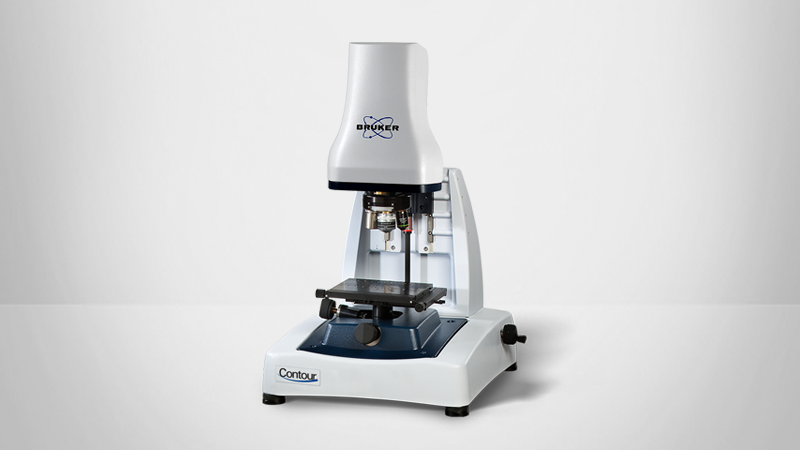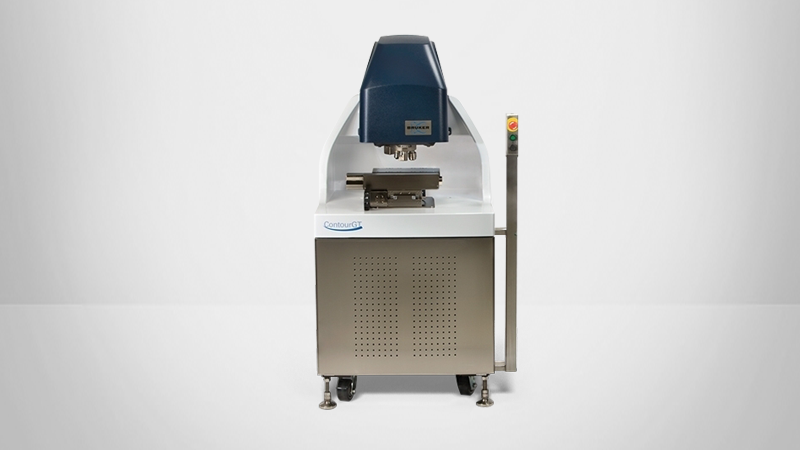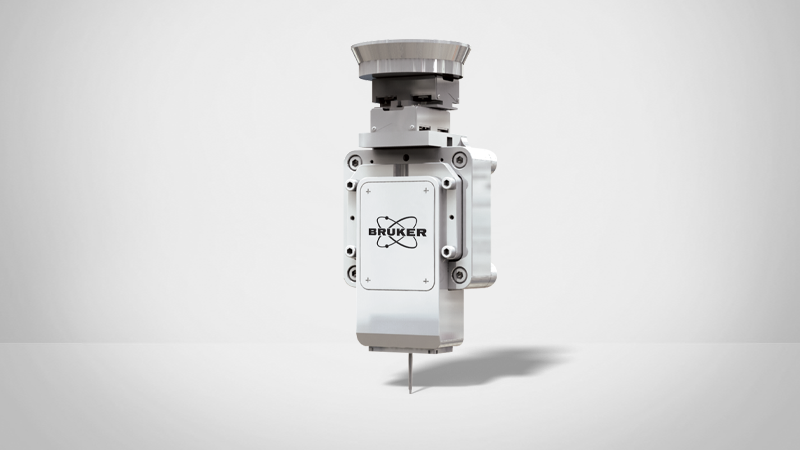

Ophthalmics
Seeing the world with better clarity
Ophthalmics
In the US alone, well over 1 billion disposable contact lenses are purchased per year. Economically sustaining this volume necessitates highly efficient manufacturing and testing methods, with an emphasis on low cost and high reproducibility. At the same time, these lenses incorporate increasingly complex shapes and nano-structured surfaces to support improved vision correction, including astigmatism and bifocal function.
Surface Metrology
Ideal, gage-capable surface metrology tools for streamlining ophthalmic device R&D and production
With hundreds of millions of people choosing contacts for either visual or aesthetic reasons, and millions more having surgery to solve vision problems associated with aging, there is a growing need for high-volume manufacturing process control for ophthalmic products. Bruker’s 3D optical profilers bring high accuracy, non-contact metrology for surface roughness, Fresnel lens and diffractive structures, as well as local radius of curvature and shape measurements to the producers of contact lenses and IOLs. These high-accuracy measurement capabilities translate directly to cost savings and bottom line ROI for customers in this growing segment of the medical market.
Mechanical Properties
The mechanical properties of a contact lens, such as stiffness, affect important characteristics, including comfort, ease of handling, and even the optical properties. Low-modulus contact lenses are difficult to handle and provide insufficient movement during blinking, leading to poor tear exchange. High-modulus contact lenses can result in mechanically-induced complications, such as superior epithelial arcuate lesions (SEALs), contact lens–induced papillary conjunctivitis (CLPC), and mucin ball formation. Water content, hydraulic permeability, and viscoelastic behavior inherent to the hydrogel all factor into the mechanical response of a lens. Depth-sensing indentation offers a non-destructive, rapid, reliable, and quantitative method for characterizing the modulus of materials. However, traditional indentation instruments were designed for relatively stiff materials and are ill equipped for the unique challenges of characterizing soft matter. Bruker’s Hysitron BioSoft™, specifically designed for multiscale quantitative mechanical testing or soft matter, provides an accurate and reliable means for quantitatively characterizing the modulus of low-stiffness materials used in the manufacture of contact lenses.


